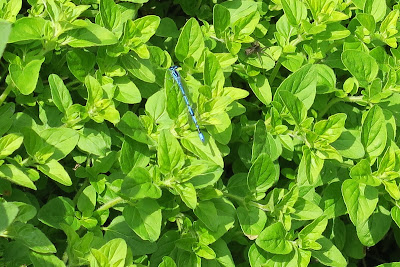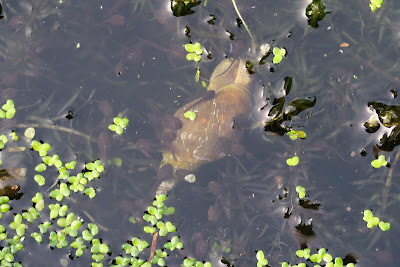Awakening on the last day of 2020 my first view of the outside world was of the Rooks ariving from their night roost at Bradford Peverell and inspecting their nests in the Horse Chestnut tree outside my bedroom window, tugging at sticks and tucking them back into the structure. They do this every year only to be lost from view as the sticky buds break into leaf and hide the more interesting activities as they start rearing families.
 |
| Rooks inspecting nests. Phto. John Elliott. |
Later in the day a walk up to West End yielded a surprise in the form of several blooms of Butterbur on the roadside below the mill leat. which supplies the moisture they love.
 | |
| Butterbur at West End. Photo. John Elliott. | |
According to my admittedly old Flora, the Butterbur flowers in months 3,4 and 5. In recent years it has flowered much earlier than this but I have never seen it before the old year is out until now. The flowers appear before the leaves and provide early food for such insects as are about. In past years the large leaves served to wrap butter, hence the name, keeping it cool by evaporation.

































